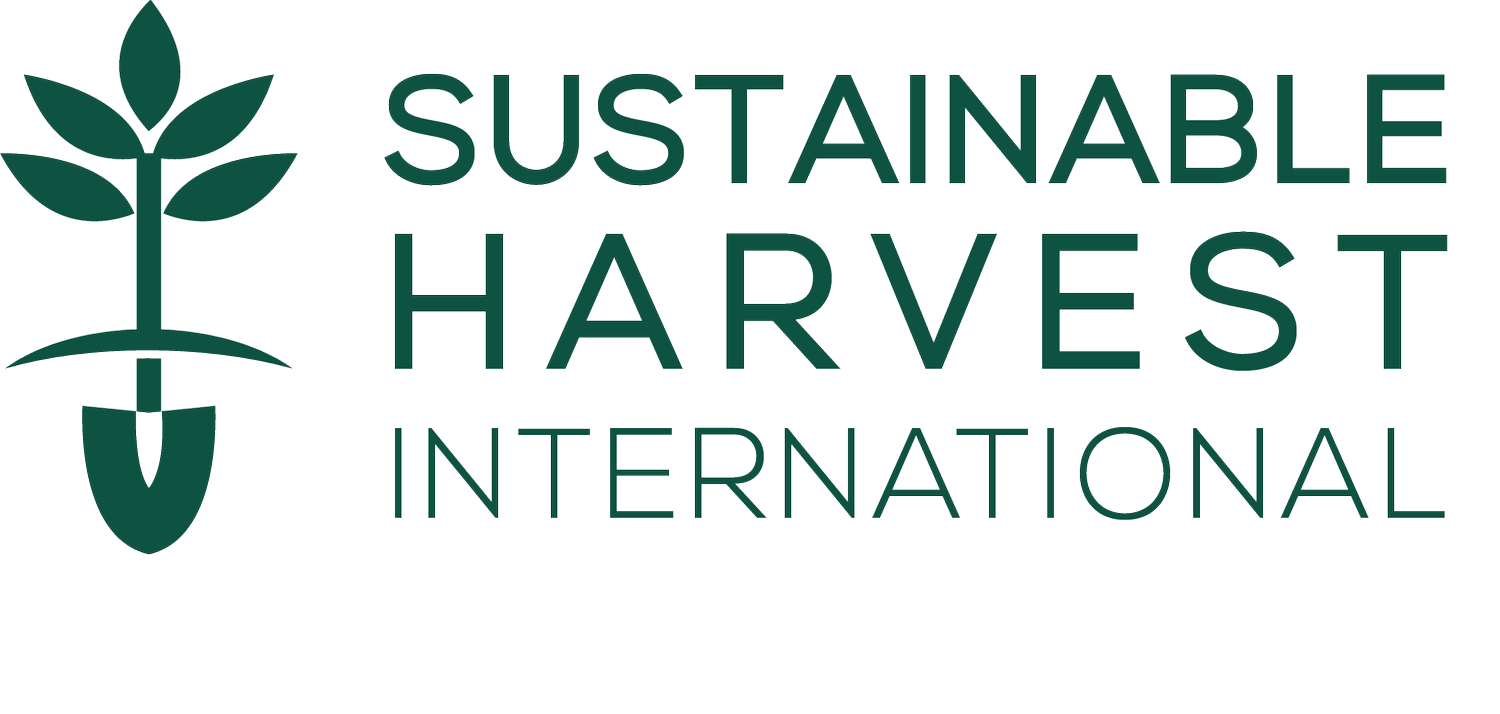This blog post was originally published by Initiative 20x20.
SHI-Honduras partner farmer Consuelo Galeas plants coffee, plantain, and citrus fruits in her agroforestry parcel.
Agroforestry and agroecology are practices central to the regenerative agriculture efforts of Initiative 20x20 partner Sustainable Harvest International (SHI). By combining organic farming practices with forest preservation and restoration, SHI partnering farmers no longer rely on conventional agriculture practices like slash-and-burn in an effort to survive.
In agroforestry, trees are a crucial part of the farming system. Conventional practices often include deforestation, the overuse of harmful agro-chemicals, and focus on growing a single crop. Regenerative practices, however, do the opposite by prioritizing the health and well-being of soil and the environment. This protects the fragile and biodiverse ecosystems that rely on the forests, including plants and wildlife.
SHI-Belize Field Trainer Indira Pratt kneels at Mrs. Lesbia Mejia’s agroforestry system which includes plantain, pineapple, and annatto, a plant used for food coloring.
Agroforestry on an SHI Farm
Reforestation - To improve microclimates, or create new ones, and to preserve natural habitats, SHI partnering farmers plant trees. Microclimates stabilize as trees regulate water and protect the land from weather extremes, such as strong wind or intense heat. When forests are restored, biodiversity returns and harvests increase as a result of the improved environmental conditions. Trees help soil absorb and retain water through their roots, and their leaf canopies provide shelter for wildlife, including pollinators that support crop reproduction. In the past 26 years, SHI has planted more than 4,000,000 trees!
Protecting and Conserving Biodiversity - Biodiverse agroforestry systems reforest the land and improve the microbial activity of the soil, ensuring its productivity for generations to come. They also create diversified income streams for farmers. When one crop fails due to extreme weather or an insect plague, it’s not a catastrophic loss. A diversified agroforestry system creates security and resilience in an increasingly unpredictable climate. In SHI-Honduras, more than 200 current participant families are seeing the benefits of this protected biodiversity.
Integrated Planting and Ecosystem Services - To avoid monocultures, crops and native plants are planted together. In one area, you can see many different crops growing together. Shade-grown coffee is a great example of this. By planting coffee under the shade of larger trees and plants, the coffee is protected from the harsh sun and benefits from enriched soils and animals. The deeper root systems of trees also promote healthy soil by retaining water for longer periods of time and controlling for erosion. SHI-Panama partnering families in the Colcé region of Panamá leverage agroforestry principles to improve soil quality, meaning they can continue to farm the same land year after year.
Smallholder Farmers - SHI partnering farmers are on the frontlines of climate change and represent an important part of the solution to a healthier planet. The efforts of these hardworking families preserve forest ecosystems while producing the food we all rely on. Agroforestry contributes to the health of the land, the success of crops, and a smallholder farmer’s ability to provide for his or her family. In SHI-Belize, smallholder farmers enjoy abundant harvests and are able to sell to neighbors whatever is in excess. This new, additional source of income builds resilience for families in uncertain times.
““Agroforestry has economic and environmental benefits. Economic benefits include increase in the number of crops, and with more production comes the ability to create or expand a family-owned business. Environmental benefits include carbon drawdown, more biodiversity, and better soil quality.””
Javier Mendoza from the community of San José in Panamá plants mango, avocado, plantain, and yuca in his agroforestry system during the first phase of SHI’s training program.
Agroecological practices can be the foundation of sustainable development in rural Central America. Through agroforestry, local food producers can become self-sufficient and integrate culturally diverse practices to strengthen local food systems while taking care of the environment. SHI’s agroforestry-based program is a prescription for a better quality of life for people, animals, and the environment, and the results will be tangible for generations to come.
Edited by Mercy Orengo, Jerin Tan, and Natalia Ruiz of World Resources Institute











